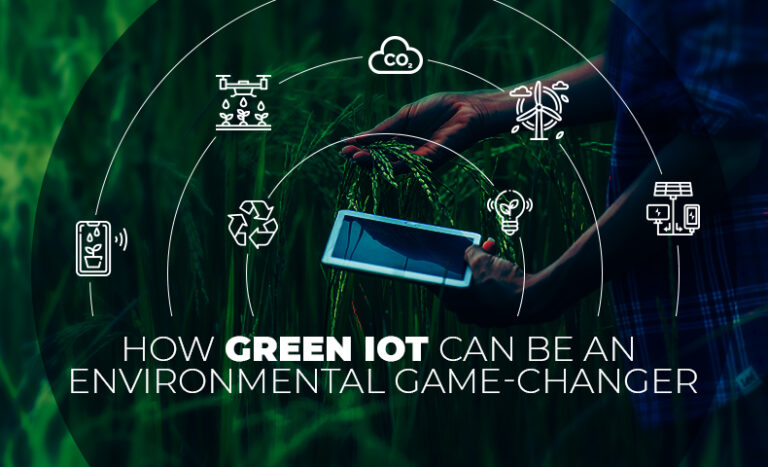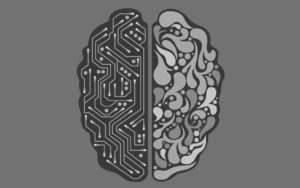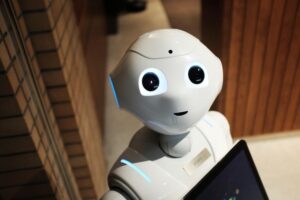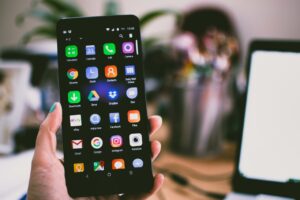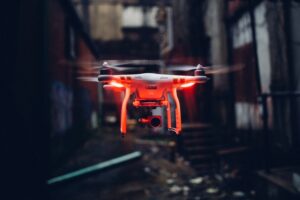In the last two decades, since the term “Internet of Things (IoT)” was coined, sensors, actuators, and intelligent networks have made their way far and wide —from homes and cities to workspaces and industries.
The progress is simply relentless!
According to a Statista, one of the world’s leading statistics portals, the total installed base of IoT connected devices is projected to amount to 30.7 billion worldwide in 2020. Furthermore, this amount will rise to 75.4 billion devices by 2025.
As we witness tremendous growth in the number of IoT devices(and an increase in the demand of energy due to that), there are two major scenarios that every IoT development company needs to think about:
- How tooptimizeIoT’s greenhouse footprint
- How to utilize IoT to reduce the greenhouse effect
This is where the concept of “Green IoT” comes into play!
“In order to reduce energy consumption, a greener IoT environment needs to be built.”
What is Green IoT?
Green Internet of Things or Green IoT represents the concept of reducing the energy consumption of IoT devices and making the environment safe. It is defined as the energy-efficient ways in IoT either to decrease the greenhouse effect caused by existing applications or to eliminate the same in IoT itself.
In general, Green IoT is the low power consuming form of IoT and is seen as the future of IoT that is “environmentally friendly.”
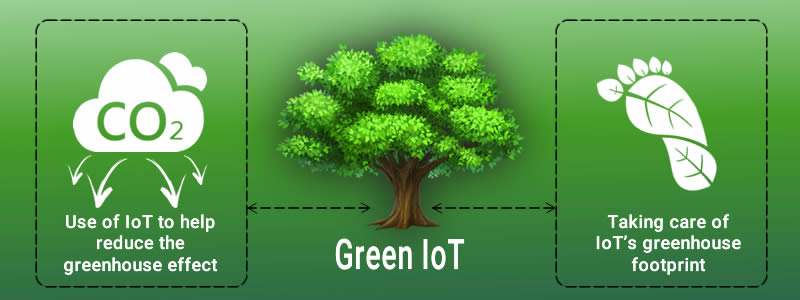
Green IoT Components
The key components of Green IoT include:
- Green RFID Tags
- Green WSN
- Green Cloud Computing or Green Data Center
- Green M2M
Green RFID Tags
RFID tags are used to store data at a small-level for any objects with which they are connected. There are mainly two types of RFID tags –
- Active Tags: They have built-in batteries to continuously transmit their own signal
- Passive Tags: They store energy from the reader (these tags don’t consist of an active battery source)
Green RFID tags represent the concept of reducing the size of an RFID tag; thereby decreasing the amount of non-degradable material.
Green WSN
Wireless Sensor Network (WSN)consists of a number of sensors nodes but with limited power and storage capacity. Green WSN represents the concept of implementing green energy conservation techniques, radio optimization techniques, and green routing techniques in order to reduce mobile device energy consumption. It also involves implementing smart data algorithms to reduce storage capacity requirements as well as data size.
Green Cloud Computing or Green Data Center
The rapid expansion in data centers, owing to the exponential growth of cloud computing has caused a dramatic increase in energy consumption and its effect on the environment in terms of the carbon footprints.
Green Cloud Computing is the practice of implementing policies and the procedures to reduce the power consumption of the data centers (i.e. make them energy aware and turn off idle devices in the network and incorporate energy parameters for their routing of packets).
Green M2M
As a large number of machines are involved in machine-to-machine or M2M communication, there should be energy-saving based transmission power and optimized communication protocols, and routing algorithms. Furthermore, there should be a constant check on the passive nodes so that energy can be saved.
How Green IoT can help the Environment?
Today, the majority of the IoT application development companies develop applications to gather data and analyze it (using data science). What if these applications could be leveraged for more than that?
Here are some of the ways in which the concept of green IoT can be used to exploit environmental conservation and surveillance:
Green Driving
IoT can be utilized to enable automobiles on the road to sense and process what other automobiles are about to do. This is nothing but green driving. It enables traffic to move at a particular speed with minimum distance between vehicles, thereby decreasing the fuel inefficiency occurring due to toregular gear changes of vehicles.
For instance, IBM’s Watson is utilized to develop a driverless car called Olli – Watson analyzes large quantities of data that originates from the sensors attached in the vehicles and on the basis of the analysis it accelerates, decelerates and changes lanes (all without the driver’s input).
Smart Farming
Farmers can harness the potential of IoT by installing sensors wherever they are required (e.g. on the field, in tools & equipment, in carts & tractors, and so on), to gather data about aspects such as moisture in the soil and the health of a plant.
The data gathered can be saved on a server/cloud, which later can be fetched by farmers in real-time. This offers farmers with a smart, data-based method to improve their yields and decrease waste.
Reduce Air Pollution
IoT can help decrease air pollution utilizing real-time monitoring of the air quality – This can be accomplished by scattering tiny, mobile-driven sensors across various spaces and zones from transportation mediums to stationary objects, providing a wider picture of air quality levels.
Moreover, this real-time information can be evaluated to uncover origins and fluctuations in air pollution. It can be delivered to people via apps, providing them updates on the pollution levels they are living with.
Reduce CO2 Emission
IoT can aid in decreasing carbon dioxide (CO2) gas emissions from automobiles through smart traffic management. Here, the motive is to draw data from several sources like traffic cameras, GPS/sensors of vehicles and so on and use that to examine and comprehend the traffic situations and patterns.
For example, by forming a link between the GPS of a car and traffic cameras, a particular area’s corporation team can have useful insights related to the real-time traffic. Moreover, a message can be sent to automobile owners to inform them about the route’s traffic status. The outcome of such a setup is safe transportation and satisfying traffic experience.

